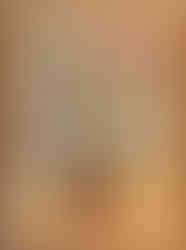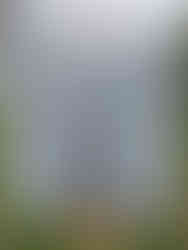Thursley's Artists Through the Years
- David Young
- Aug 13
- 7 min read
Updated: Sep 1
This entry is from articles written by Jackie Rickenberg, taken from the archives of the Thursley History Society, and first published in our Parish Magazine in August and September 2025.
Parish Magazine article August 2025
As well as being synonymous with combine harvesters in the fields, sweet peas rambling wildly in the garden, seaside visits and long balmy nights, my summers are also a reminder to visit that wonderous creative space that is the Royal Academy in London’s Piccadilly, for their annual open Summer Exhibition.
For over 250 years, the RA has existed to champion art and artists. Every year, since 1768, they have held an annual Summer Exhibition, the largest open-submission art exhibition in the world. Thursley has had more than its fair share of artists, and still does, and incredibly, even the occasional PRA – Past Royal Academician.
Thursley’s Artists through the years.
1. A R Quinton exhibited his romantic watercolour painting of Keeper’s Cottage in the Devil’s Punchbowl in the exhibition of 1879, at the ripe old age of 26 years old. Alfred Robert Quinton’s work routine would be to travel around England and Wales for three months of the year, mostly during the summer months and often by bicycle, during which he would draw sketches and take photographs of locations which he would work up into paintings in his studio during the winter months. He painted several from his time in Surrey, including “Blackdown from Hindhead”, “Abbot’s Hospital, Guildford”, “St Martha’s Chapel, Guildford” and “Guildford, Five Views”. Many of his paintings, including this one of Keeper’s Cottage, were published as postcards and some were used in calendars. He was quite prolific, painting over 2,000 paintings until the time of his death in 1934 at the age of 81. However, latterly towards the end of his life he was banned from exhibiting at the RA as the authorities were not in favour of “commercialisation” of art.

Postcard of painting of Keeper’s Cottage by A.R. Quinton.
2. Julias A Gems apparently exhibited a sculpture of a bust of William Karn Fosberry of Thursley, which was exhibited at the RA in 1939. This is according to an article in the History of Thursley Society Newsletter of Winter 2007/2008. William Fosberry was a builder of repute, who owned Vean Cottage, The Clump and The Corner, so a man of some importance in the village, hence maybe why he or someone else commissioned a bust of him. He died in 1943 aged 89 years. However, my research could not uncover any knowledge of Mr Gems or of him exhibiting in the Summer Exhibition and no one seems to have set eyes on the bust, although we do have a photograph of it. If anyone can help, please contact info@ thursleyhistorysociety.com. It is known that William’s sister, Anne Tozer, who ran the Post Office and general store from “The Clump” was married to Henry Tozer, an artist who worked out of a studio at the bottom of the garden known as “The Outlook”. This house was also rented out to Eveline Lance, a Victorian artist.
Willian Karn Fosberry sculpture on left and photograph with his son on right.
Since the publication of this article, more information has come to light from Chris Gems, the grandson of Julius A Gems:
"In 1939, Julius Albert [Gems] decided he would enter a model for the summer exhibition of the Royal Academy. There was a very aged builder named William Fosberry in Thursley Village, who had a long beard and very large hands. The old chap agreed to sit for Julius but, when he did so, as he was deaf he insisted on putting one of his hands up to his ear to hear what was being said to him, so Julius modelled him in this position and, not only was the model accepted by the Royal Academy, but it was placed on a pedestal in a very prominent position in the exhibition."
3. Henry Edward Tozer spent his early years in Newlyn, Cornwall with his parents. His father, Henry Edmund Tozer, also an artist, exhibited “Surf and Rocks at the Mouth of the Cove” at the RA in 1892. Henry Edward painted scenes of country life (many of them from his life in Thursley) in oil and watercolour. By 1891 he had moved to Thursley, although we don’t know why, and in 1894 he married Mary, sister of William Fosberry. He continued painting alongside running the Post Office with his wife and died aged 90 still at “The Clump” in 1955.
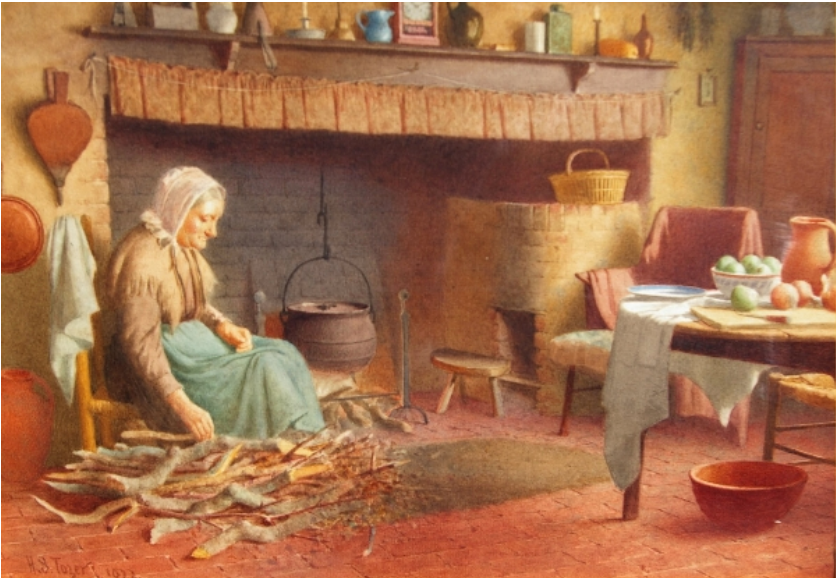
4. Eveline de la Belinay Lance (1866-1937) was born in Essex, but moved to “The Outlook” in Thursley in 1929. She was known as a watercolour landscape painter, but also illustrated books. She has a comprehensive back catalogue and her work is very much still in demand.
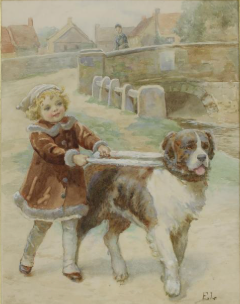

5. Finally, we have the distinction, of having a past resident of the village as a past president of the Royal Academy. Between 1938-1944, Sir Edwin Lutyens was the elected president of the Academy. Most of us are aware of the importance of Lutyens work in architecture, furniture design, interior design, landscape architecture and garden design. He has two works in the RA Collection with a further six associated works. From his early days growing up in Street House, through his early career commissions in the village (Prospect Cottage and The Corner) to his lasting legacy of New Delhi, The Cenotaph and the Thiepval Memorial (the largest British war memorial in the world), he is surely Thursley’s most acclaimed and eminent artist and Past Royal Academician.
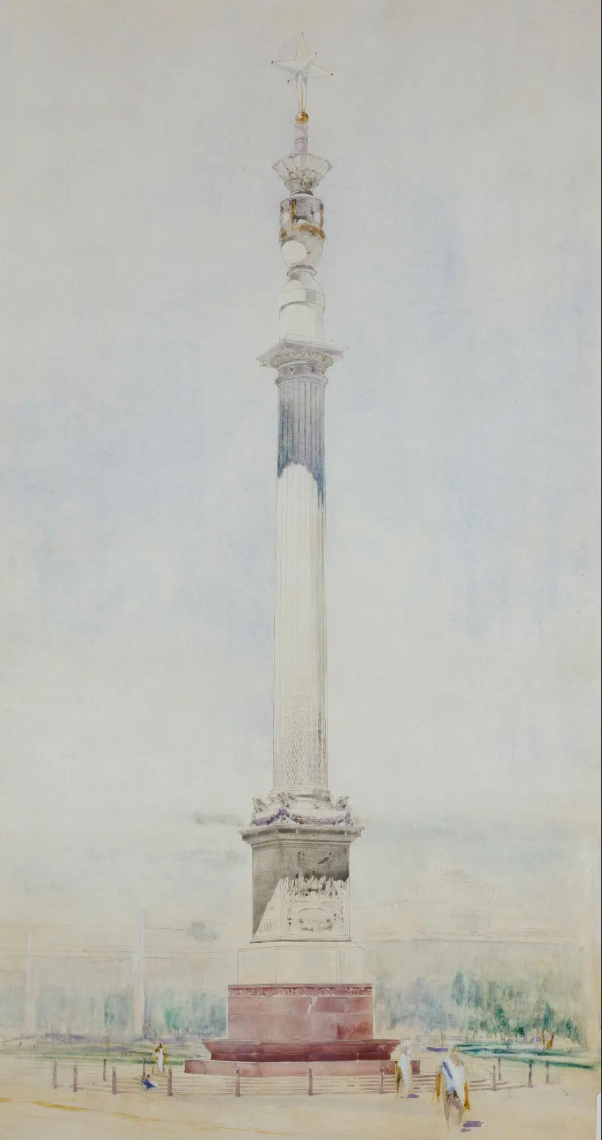
Parish Magazine article September 2025
Last month we highlighted some of the past artists in the village, and of course, it was by no means, a comprehensive list. There are lots more renowned artists both past and present. Sadly, we recently lost one of the best in Peter Hanauer. Peter was a skilled and acclaimed glass artist, with exhibits within the V&A’s Ceramics Collection and as an illustrator, he was first port of call for posters for village events. His Christmas cards were legendary and his smile and warmth is sorely missed.

Salli Tomlinson is another Thursley artist who pioneered Silent Companions in the 1970’s. Silent Companions are life-size flat wooden figures that were a popular room decoration in the 17th century. Painted and cut to resemble soldiers, children, servants and animals, they can be found standing in many of the places we care for. Salli has produced a range of artwork for the rich and famous; see an example of her work below:


Salli is now mostly retired, however some of the village artists in their prime include Rachel Bottomley, Helena Traill, Sallie Roles and Emily Butler, to name but a few.
Here are examples of their work, clockwise from top left Rachel Bottomley, Helena Traill, Sallie Roles and Emily Butler.
One of the best known and loved past village artists is Russell Brockbank who lived at Badgers in The Lane and worked from the studio there, which he named The Haven. This extract is from our website www.thursleyhistorysociety.org. Please do go on and browse – it’s incredible the volume of information and number of interesting articles on there!
Russell Brockbank
“Born in Canada and educated at Ridley College, Ontario, Russell came to England in 1929 and studied Art at Chelsea School of Art in London. A temporary diversion into industry occurred between 1932 and 1936 when he resumed his career as a freelance artist until the War. He married Eileen Hames in 1933.
During the War he served as Lieut. RNVR, Northern Convoys, in the British Pacific Fleet and was demobilised in 1946. He then freelanced until 1949 when he became Art Editor of Punch. This appointment was intended to be one to five years but in fact it lasted until 1960.
Russell accidently discovered Thursley on his travels, but needed to convince Eileen. Russell had been secretly receiving agents' particulars of properties for sale in the area including one on “Badgers” in The Lane, or Back Lane as it was then called. By some strange quirk, or so it appeared to Eileen at the time, they found themselves randomly in the village, had a brief inspection of the property, and out of the blue Russell made an offer to purchase which was accepted! Eileen was “rather surprised”. The year was 1951.

Most of his work was carried out above the garage in the studio which Eileen called “The Haven”. He would draw seven days a week and as a result was not often in evidence when it came to various village activities with perhaps one exception – namely the annual New Year's Eve Party given by Val and Paddy at the Three Horse Shoes!
Russell was a perfectionist as far as his drawing was concerned. When at work he would be surrounded by many photographs of the subject in order to build as much detail and accuracy into the drawings as possible and avoid too many critical letters from his readers.
Apart from drawing, his other passion was cars. He started drawing them at the age of four and it seems couldn't stop. He was a regular contributor to magazines including Speed and Motor in ten countries, including Japan. He also drove fast cars, some say too fast, tried out exotic prototype models such as the Mini Cooper and D type Jaguar and was a motor racing aficionado. He visited all the Grand Prix.

Russell became ill in the late 1970s and in 1978 they decided to move to Frome in Somerset to be nearer their daughter who was in the medical profession. He had once said to Eileen that he wanted to be buried in Thursley churchyard and wanted someone to draw an eye on his headstone so as to keep watch over Eileen. Sadly, he died within two years of leaving the village and was cremated in Somerset. He left a widow and two children, Susan and Roger.
During the years following the Second World War, the name of Russell Brockbank became synonymous with his cartoons of cars. Grounded in his obsession with his favourite subjects, his delightful drawings are always completely accurate in detail, so can be enjoyed equally by all, from the non-motorist to the petrolhead”.





